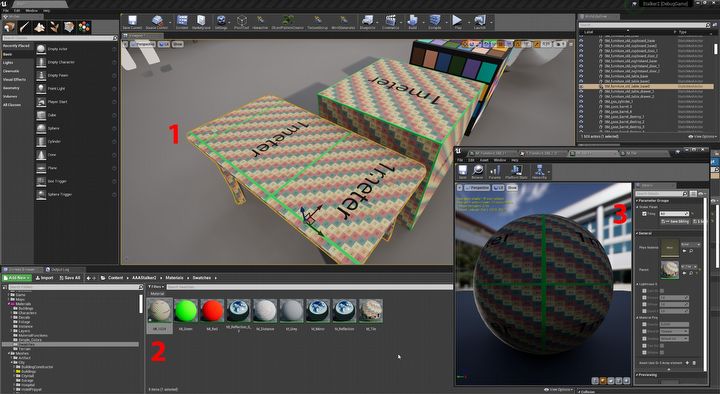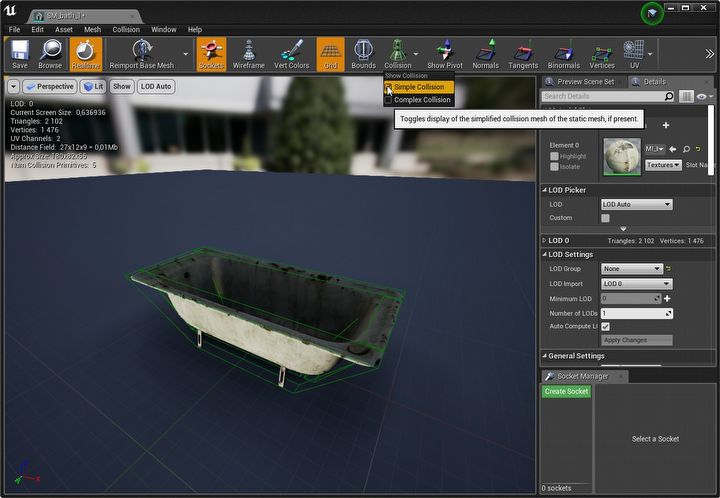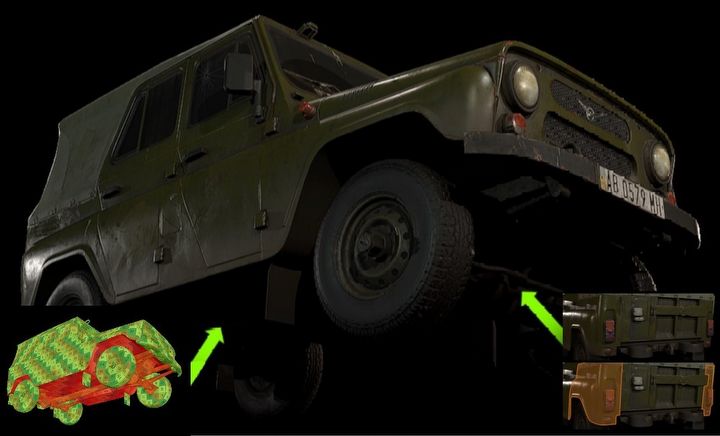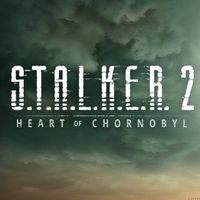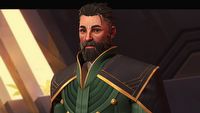In STALKER 2, Every Refrigerator Will Tell Its Own Story, Leak Claims
Two files allegedly containing partial technical documentation for S.T.A.L.K.E.R. 2: Heart of Chornobyl have hit the web. They show that the developers want every item in the game - even an old refrigerator - to tell a story.
3
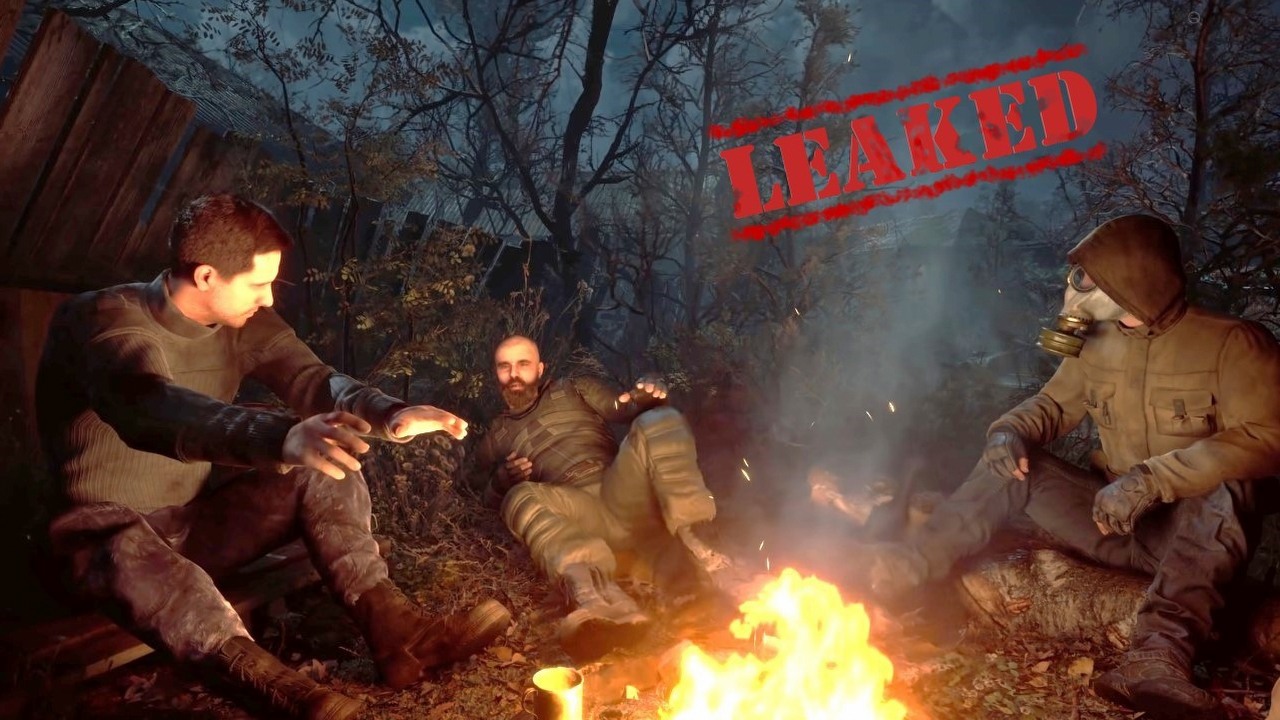
The acknowledged whistleblower "Doesn't matter who" published on his profile another behind-the-scenes leak - this time in the form of two multi-page text documents. They allegedly contain partial technical documentation of S.T.A.L.K.E.R. 2: Heart of Chornobyl. They are written in Russian and supposedly come from the period when the game was still being developed on Unreal Engine 4 - in August last year the developers announced that they switched to Unreal Engine 5.
What leaked?
The first document is titled "How to run a project" and consists of A4 12 pages.
- It is most likely intended for new hires at GSC.
- It presents, among other things, work organization. It describes, for example, the contents of the employee's personal folder.
- The second document is entitled "A guide to creating assets for S.T.A.L.K.E.R. 2" and consists of 34 A4 pages.
- It is most likely intended for those newly hired at GSC as environmental artist.
- In reaching the leak "Doesn't matter who" was supported by the Russian youtuber "Anti-Shnaps".
Artistic side of STALKER 2
I will discuss the second document in more depth below as it is probably of more interest to most gamers. It begins with the text:
"The task of the environment is to tell the player a story. In fact, a single scenery object is only a small part of a bigger picture.
Humans are used to looking at everything at once, perceiving the bigger picture, not realizing that everything around is made up of small stories of insignificant objects. Understanding this is what ultimately gives the environment meaning and makes it attractive. No object exists apart from the world around it; it always plays a role (...)."
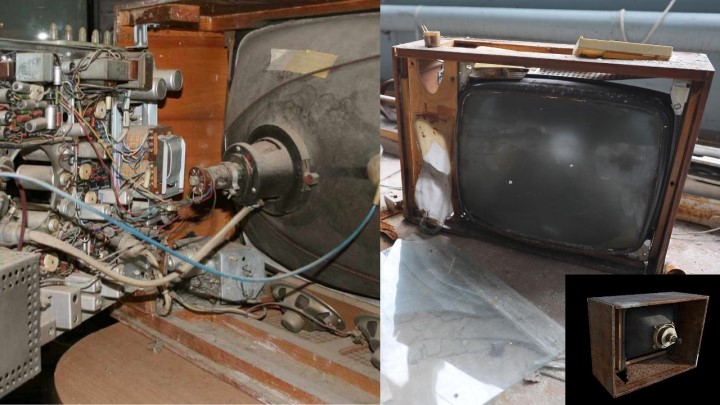
Environmental storytelling
It seems that developers of Heart of Chornobyl pay attention even to the smallest elements of the environment.
Almost every room, wilderness or wetland is meant to tell a story, which we learn by looking in depth at the objects in the setting. The creators even go a step further and ask themselves while creating elements of the environment:
"What did the object go through before it was in our "frame"? What was its path and by whom was it used? An example: an ordinary refrigerator "Dnepr", produced in 1957.
Before the tragedy in 1986. [the disaster at the Chernobyl power plant - ed. note] it was used by the people who bought it (one person, a family, a state organization?). Therefore, apart from rust, it will have marks typical for households (...).
Dents - not random, but in places where they should be - make objects look more realistic. For example, the damage on the door of the aforementioned refrigerator could be the result of its repeated careless opening (...)".
Every object part of something bigger
Another example described in the document is an old stove:
"Before the stove was abandoned, it had been used by someone (most likely the occupants of a regular household).
It was snatched from the spot where it had been standing. One might think that the looters did this to temporarily hide their belongings in it. (...) The logic in creating such an object is as follows: damage caused by household use followed by leaving it alone for many years [by evacuation of people from the Chernobyl area - ed. note] and the later dents as a result of relocation or other action of looters, to finally it being left alone again (...)."
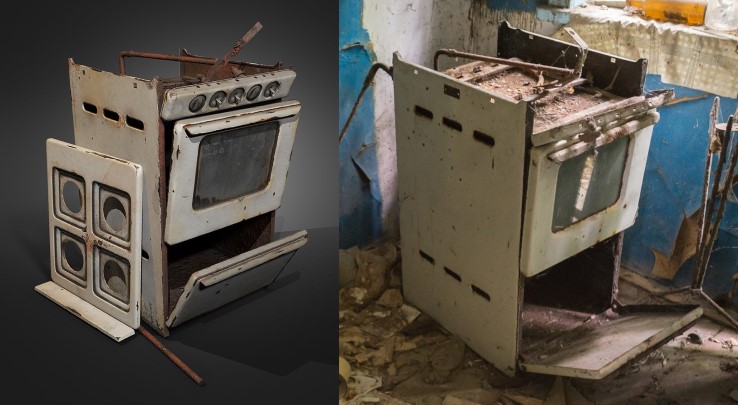
Handiwork
In many cases the creators try to avoid procedural techniques of generating objects and and rely on those created almost 100% manually:
"Handwork is very important. The fact is that the procedural nature of a model often betrays its artificial origin through excessive uniformity or repetition.
On the other hand, the artist's job is to create a convincing object - one that would also work in the real world - and not one perceived by the player as some kind of "prop" meant to fill an empty space in a level.
That shouldn't happen. That's why we try to make each resource as unique as possible and use procedural maps wisely. If we make rust, we think about how it's going to be located, where it's going to be darker and where it's going to be lighter (...).
So if you get some graphic artifacts somewhere after using a procedural mask, try changing the overlay type from UV to Triplanar first. (...)
This kind of sloppiness takes the player out of the overall atmosphere, especially when you hit the visible sides of objects (...)."
Facts top imagination
In creating objects the makers do not rely only on their own imagination. They also search for information and interesting facts about the appearance and operation of the object created by them to make it as similar as possible to its counterpart in real life.
This is not an easy task - after all, we are talking about objects that, in most cases, have not been produced for decades. Finding their documentation sometimes borders on the miraculous.
Further reading
In the further section of the document - as well as the "How to run a project" file - there is strictly technical information: naming of individual elements, such as model meshes or textures, or guidelines for Texel density, for example. If you are interested, you can read it here.
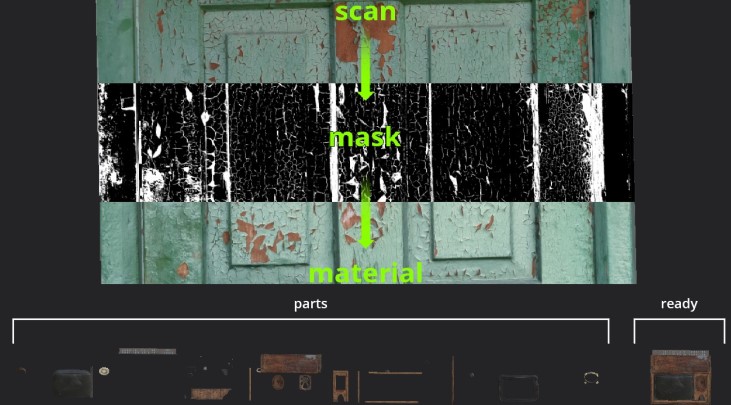
More leaks
"Doesn't matter who" has also published an archive full of materials allegedly from an emerging Stalker mod called Strielok Group. Interestingly, it is supposed to feature the voice actor from the original STALKER trilogy, Oleg Stalchuk (he played the role of Lebedev).
Heart of Chornobyl - release and hardware platforms
It's worth mentioning that the game's official website has been blocked in Russia.
S.T.A.L.K.E.R. 2: Heart of Chornobyl will be released on PC and Xbox Series X/S (if it can be completed). The title is expected to be available at launch on the Game Pass subscription.
3
Latest News
- End of remote work and 60 hours a week. Demo of Naughty Dog's new game was born amid a crunch atmosphere
- She's the new Lara Croft, but she still lives in fear. Trauma after Perfect Dark changed the actress' approach to the industry
- „A lot has become lost in translation.” Swen Vincke suggests that the scandal surrounding Divinity is a big misunderstanding
- Stuck in development limbo for years, ARK 2 is now planned for 2028
- Few people know about it, but it's an RPG mixing Dark Souls and NieR that has received excellent reviews on Steam, and its first DLC will be released soon

